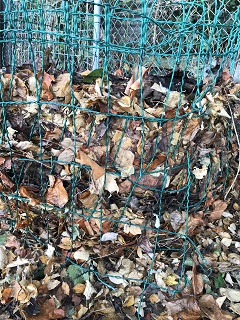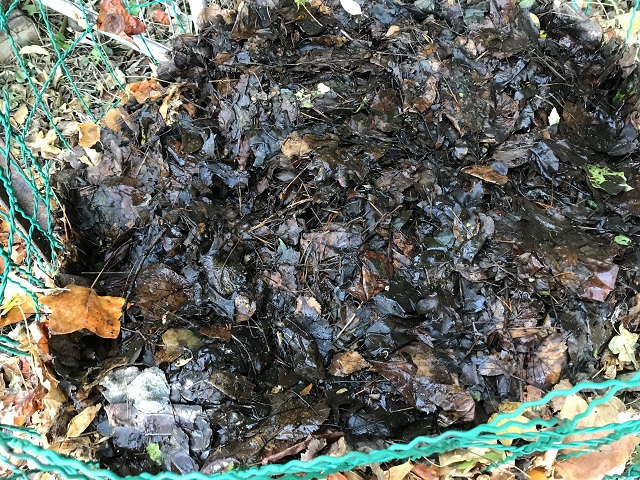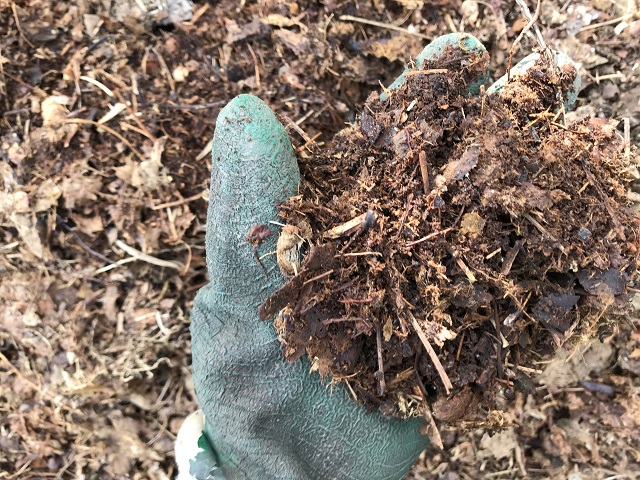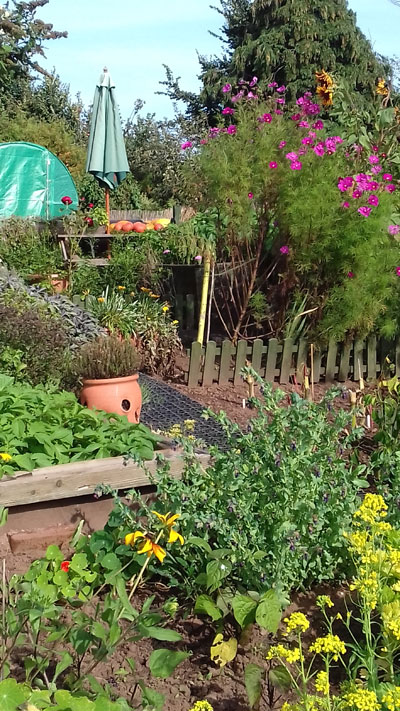 This time of year is almost as busy a time as the spring. One of the main jobs that I start is to mulch the beds ready for next year. I always have an issue with creating enough mulch for the plots and so use a wide range of things: compost, seaweed, manure and leaf mould. The compost can be used for anything and sometimes I put it on top of the seaweed or leaf mould so that I get a depth of about 5 - 10 cm. The seaweed is very good for the asparagus, and potatoes do really well in it. The leaf mould doesn't really contain nutrients but is a soil improver and any of the beds would benefit from it. However, it does take some time to make.
This time of year is almost as busy a time as the spring. One of the main jobs that I start is to mulch the beds ready for next year. I always have an issue with creating enough mulch for the plots and so use a wide range of things: compost, seaweed, manure and leaf mould. The compost can be used for anything and sometimes I put it on top of the seaweed or leaf mould so that I get a depth of about 5 - 10 cm. The seaweed is very good for the asparagus, and potatoes do really well in it. The leaf mould doesn't really contain nutrients but is a soil improver and any of the beds would benefit from it. However, it does take some time to make.
So how can we make the best leaf mould in the quickest possible manner?
Tips for making leaf mold
Tip 1. You need as many leaves as you can find because the end product is considerably smaller in volume! If you don't have that many leaves it is probably best to include them in your normal composting processes. Not all leaves should be included in leaf mould and some take longer to decay than others. Sycamore and chestnut leaves take a long time, evergreen leaves are best used in compost.
Tip 2. Use a bin with access to the air and don't cover it. The leaves decay the quickest if they are wet so as you add them to the bin, wet them and make sure that the rain can fall on them. One year I didn't wet the leaves and I covered the bin and when I looked in they had not changed at all.

It is easier to collect leaves when they are wet rather than wet them once they are in the bin but that has not really been possible so far this autumn. Dry leaves are much easier to transport than wet leaves.
Tip 3. Shred the leaves if you can. I don't think there is a shredder that will cope with leaves but if I collect the leaves dry, I do run the lawnmower over them. This means that they are chopped up a bit and decompose quicker. The other thing that running the lawnmower over them does is add a few grass cuttings and this again helps them decompose quicker. This year I haven't because there hasn't been the time so I have just put the whole leaves into the bin.
Tip 4. If you don't want to have a special bin for the leaf mould, put the leaves in black plastic bags, water them well, punch a few holes in the bag and then leave them tucked away. This makes perfectly good leaf mulch. I had more leaves than bin space last year and so did just this. Store these bags well away from plants though because they are slug magnets!
Tip 5. Some advice says that you can aerate your leaf mould by stirring it up and this will speed up the process. Others say that because leaf mould is produced through a fungal process, this shouldn't be done. The RHS and Monty Don say that you can turn the leaves to aerate them and water again if they are dry. I have never done this not because I don't believe them but because I never seem to have the time. Try it if you want to see if you can speed up the process.

Last year's leaves turned into leaf mulch. There are still some bigger bits in there but as a mulch this won't matter. I would need to leave it longer if I wanted to use it for seed sowing. These have been spread, ready for the worms to do their magic and the bin can now be used for this year's leaves.
Do you make leaf mould? How do you make it and what do you use for?
